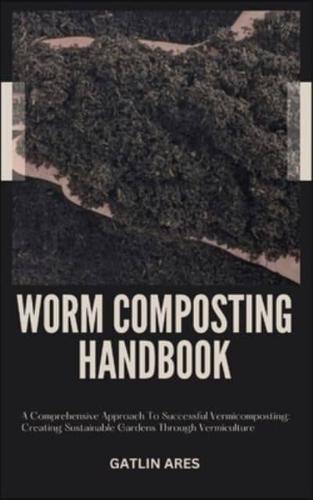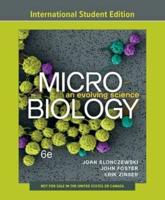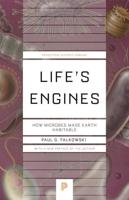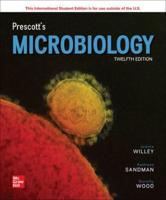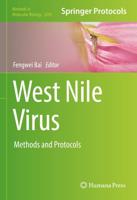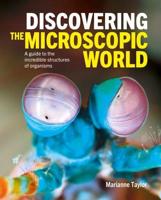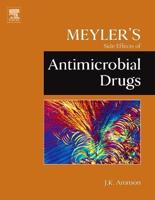Publisher's Synopsis
The natural process of composting transforms organic waste (such as food scraps and yard trimmings) into a soil conditioner rich in nutrients. Bacteria, fungus, and other microbes involved in decomposition aid in this process by converting organic matter into compost, a humus-like material.
Composting is based on the premise that these microbes can thrive in a controlled setting. This is a typical use for compost bins or piles. Composting involves the gradual breakdown of organic materials such as food scraps (e.g., peels, seeds, and rinds), yard debris (e.g., dead grass and leaves), and other similar items.
The ideal ratio of nitrogen-rich green materials to carbon-rich brown materials, along with moisture and air, are necessary for composting. Brown materials offer energy in the form of carbon, whereas green materials supply nitrogen-an element crucial to microbial growth. To speed up the decomposition process, it's a good idea to turn or stir the compost pile frequently to introduce air.
The formation of a nutrient-rich soil amendment that enhances soil structure and fertility, the reduction of kitchen and yard waste going to landfills, and the promotion of environmental sustainability through recycling organic materials are all advantages of composting. Both small-scale farmers and those who tend gardens at home can benefit from this method.


